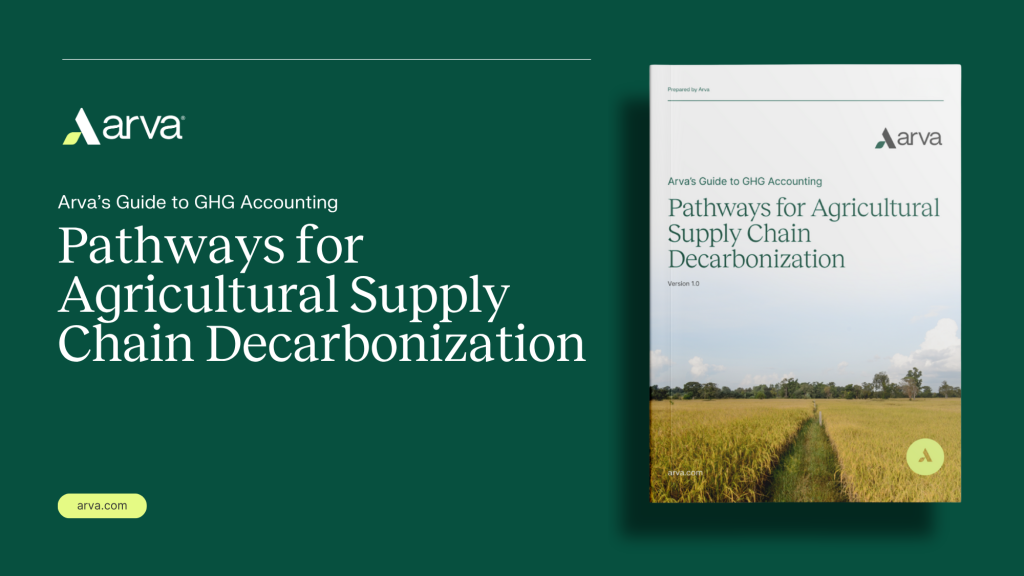Shein’s rise and polyester’s surge threaten certified cotton, report says
Sustainable cotton is getting stranded as brands gobble up synthetics and fail to prioritize third-party vetted natural fibers. Read More

- Polyester and other petrochemical materials continue to dominate the fashion fiber mix.
- Even companies touting certified cotton often rely on it for a tiny share of overall materials, limiting real impact.
- Without stronger commitments to sustainable cotton, soil health, climate resilience and smallholder farmer livelihoods will continue to deteriorate.
Certified cotton that wastes less water and requires fewer chemicals than conventional agricultural practices is better for the planet and farmers.
“However, if short-term financial and reporting goals encourage brands to expand their use of synthetics, even recycled synthetics, then sustainable cotton’s potential will be smothered in its cot,” said Tamar Hoek, senior director of sustainable fashion at Solidaridad Network, in its 2025 Cotton Ranking report.
The report, released Sept. 23 by Solidaridad of the Netherlands and Good On You of Australia, urged brands to use their influence to tilt the market in favor of cotton that’s relatively low emissions or even “climate-positive.”
Fashion brands source a trifling amount of cotton with third-party labeled organic or regenerative practices. Worse, many barely buy cotton at all, instead selecting cheaper synthetics from the murky supply chains of the fossil fuel industry.
By every count, synthetics are encroaching upon cotton’s share of clothing. Polyester and other fabrics make up 59 percent of the fiber mix globally, according to the annual Materials Market report by Textile Exchange, published Sept. 18. In addition, cotton fell to a 19 percent share of overall fibers from 20 percent a year earlier.
The number of brands favoring natural fibers is not enough to offset the fast rise of synthetic-centric brands such as Shein, which has a bigger market share than H&M and Zara combined, noted the Cotton Ranking authors.
Nor are circular synthetics making a dent. Only five brands said that recycled polyester makes up more than one quarter of their overall mix of materials.
Transparency gaps
The report found that only 29 of 100 companies share how much cotton they use, and only 35 explained what certifications they use. Given those gaps, the researchers analyzed product SKUs to determine the fiber mix per brand.
Although 25 companies did report using recycled, certified cotton, it was in small amounts.
“Our data reveals patterns invisible in traditional reporting,” stated Sandra Capponi, co-founder of Good on You. “For instance, how brands with the highest percentage of certified cotton often use the least cotton overall, or how synthetic reliance concentrates among the industry’s largest players.”
Brand examples
Adidas is probably one of the largest cotton buyers, buying certified cotton only, but that is only 12 percent of its overall fiber mix. Puma similarly reports 99 percent certified cotton, but the material accounts for only 10 percent of its total fibers.
Only 31 of the businesses say that cotton represents at least half of their fiber mix, and only 17 say that cotton is certified.
Brands with the biggest proportion of cotton in their fiber mix were Levi’s, G-Star RAW of Amsterdam, Ralph Lauren, Carter’s and Marc O’Polo of Stockholm.
By contrast, Brooks Sport, Speedo, Shein, Columbia, Lululemon and Adidas used a much higher proportion of synthetics.
Adidas, Amazon, H&M, Jack Wolfskin and C&A are among the brands using the most certified cotton. These include Better Cotton, organic or recycled sources.
The biggest user of cotton by tonnage was Inditex, whose brands include Zara and Massimo Dutti. Gildan, Nike Group, PVH Corp and Adidas followed, in that order.
What to do
Brands can invest in better cotton practices to uplift farmers and benefit the climate, according to the report authors, while synthetics have no such potential. Yet because sustainable cotton, or any cotton, fails to get a fair shake, the health of the soil and climate will suffer along with smallholder farmers, many of whom toil in poverty. The report offered the following recommendations for brands:
Build relationships with farmers: Invest in sound practices and help them withstand future climate stressors.
Create targets for sustainable cotton use: Track these goals and report on progress.
Rely on preferred and natural fibers: Polyester, nylon and other petroleum-derived fibers already have a heavy climate footprint. Even when recycled, they shed microfiber plastics. Sportswear and outdoor brands should especially look for other materials.
Weigh your current materials and reconfigure: Change that ratio of natural-to-synthetic fibers.
Revisit purchasing practices: Take responsibility for sustainability across the value chain. Don’t just stop at inking a certified material supply.
To source sustainably, make pricing fair: Brand purchases often put the onus on suppliers to improve conditions, whatever it costs. However, procurement should bake in fair pricing.

Subscribe to Trellis Briefing
Featured Reports

The Premier Event for Sustainable Business Leaders
















